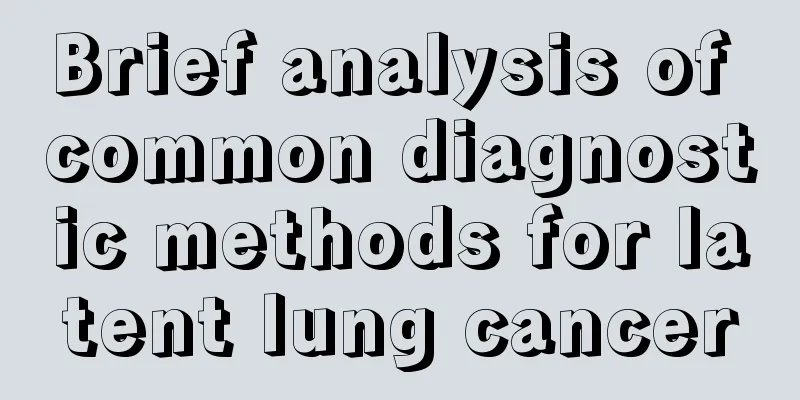Red blood cell hemoglobin hematocrit is high

|
The relationship between red blood cells and hemoglobin is very close. Hemoglobin is needed to complete the function of red blood cells. A high hemoglobin hematocrit generally means a high red blood cell count, which has a certain impact on the human body. Shock in the body can also lead to a high red blood cell count. 1. High hematocrit Cardiogenic shock Cardiogenic shock in a narrow sense refers to the severe stage of pump failure that occurs in acute myocardial infarction (see acute myocardial infarction). In acute myocardial infarction, if the clinical symptoms are accompanied by low blood pressure, insufficient skin perfusion, decreased renal blood flow, central nervous system dysfunction and other manifestations of microcirculatory failure of important organs, and if hypotension caused by drugs (such as analgesics, vasodilators, diuretics), poor food intake, fluid loss or insufficient fluid replacement causing decreased blood volume can be ruled out, the diagnosis of cardiogenic shock can be considered. 2. Hemoglobin The relative increase is due to the large loss of water, such as continuous vomiting, repeated diarrhea, sweating, polyuria, large-area burns, etc., which leads to a decrease in plasma volume and blood concentration, resulting in a relative increase in the concentration of red blood cells and hemoglobin. This is a temporary increase and will return to normal with proper hydration. 2) Absolute increase is usually due to pathological factors that cause long-term hypoxia of the body, stimulating the secretion of erythropoietin, thereby causing compensatory proliferation of red blood cells and the occurrence of secondary erythrocytosis. It is seen in severe chronic cardiopulmonary diseases, chronic carbon monoxide poisoning and mountain sickness. When suffering from primary erythrocytosis, the red blood cell count also increases significantly, up to (7~10)*10^12|L. 3. Others The number of red blood cells is affected by many physiological factors, but compared with the reference value of the same age and gender, it is generally within ±20%, mainly seen in hypoxia such as newborns (increased by 35%), mountain dwellers (increased by 14%), mountaineers, strenuous exercise and physical labor; increased androgen in adult males than in females; increased adrenal cortex hormones such as mood swings; long-term heavy smoking; venous compression time > 2min (increased by 10%); capillary blood is higher than venous blood measurement results (increased by 10%~15%); intraday differences (highest at 7 am); use of epinephrine, glucocorticoid drugs, etc. Pathological changes of polycythemia can be seen in relative increase, such as temporary blood concentration, vomiting, high fever, diarrhea, polyuria, sweating, large area burns, etc. |
<<: What is the reason for high red blood cells and hemoglobin
>>: What disease is caused by a high percentage of eosinophils
Recommend
How does Traditional Chinese Medicine treat breast cancer? Six methods of Traditional Chinese Medicine to treat breast cancer
Traditional Chinese medicine has a unique side in...
Early diagnosis of primary liver cancer
Sometimes, some liver cancer patients really want...
Can you drink expired beer?
Beer is more popular in the summer because it not...
Do you really understand tongue cancer
Many people don’t care about the rice-sized ulcer...
What to do with severe acne?
Acne is also called blackheads in clinical practi...
If your little finger is numb, beware of four diseases
Numbness in the little finger seems to be a relat...
Why does hair naturally curl
In our daily life, we will find a phenomenon that...
What functions does the skin have
The skin is an important part of the body and is ...
What are the symptoms of fibroids
In today's society, many people are troubled ...
Will the blisters disappear on their own?
After a burn, the skin will gradually blister, pe...
What are the symptoms of spinal lymphoma
Lymphoma is a disgusting tumor. In the early stag...
Why do I suddenly feel dizzy, nauseous and vomit?
Although people's living standards have impro...
The common causes of pancreatic cancer are as follows
The cause of pancreatic cancer has always been th...
Is it normal to have bowel movements twice a day?
Recently, many people have experienced defecation...
What are the main hazards of colon cancer?
Colon cancer is a malignant tumor, and its incide...









